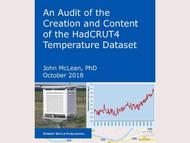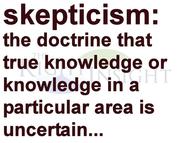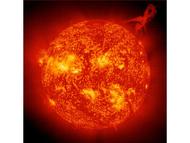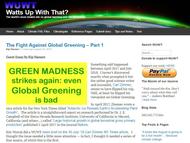There are numerous interests attempting to influence the future course of the global response to climate change including the consensed climate change community, politicians, media outlets, non-government organizations (NGOs), allegedly affected nations, major religions and United Nations bureaucrats. Many of these interests are becoming increasingly frustrated with the slow pace of progress along the paths they have identified to avoid or mitigate the effects of catastrophic anthropogenic climate change. This growing frustration is leading some of these interests to take dramatic steps to draw attention to their perceived plights.
One recent manifestation of these dramatic responses is the demand by the Prime Minister of Samoa for “mental confinement of climate deniers”.
"So any leader of any country who believes that there is no climate change, I think he ought to be taken to mental confinement. He is utterly stupid. And I say the same thing to any leader here."
Of course, there is no leader of any country of any significance who believes that climate does not change. However, there are obviously leaders of countries, such as Samoa, who believe that climate should not be allowed to change, even though it has changed numerous times over millions of years.
Meanwhile, the Maldives, which had loudly demanded action from the developed countries to keep the islands from disappearing into the sea, have changed their focus to development since the area of the islands is actually growing.
Another recent manifestation of these dramatic responses is a new report by scientists commissioned by the Secretary General of the UN, who have concluded essentially that: “Capitalism as we know it is over.”
“Rapid economic transition requires proactive governance –markets cannot accomplish the task.”
Logically, rapid global economic transition requires proactive global governance, while markets will be relied upon to make the best of the resulting mess. The UN has been advocating for global governance and would apparently be more than willing to provide that governance. The failed history of multi-year plans in command and control economies and the UN’s failed history of managing global programs appear to be of little concern.
A recent article in the Guardian suggested that the Chinese model of “directed and managed capitalism” might be more successful than the current Anglo-Saxon model. Again, the history of this approach is not encouraging, though the approach still appeals to those who favor socialism and communism.
Meanwhile, the UN Green Climate Fund has transitioned from demanding rapidly increased funding for redistribution to developing countries to begging for funding to cover the commitments it has already made to those countries. The cessation of US funding to the Green Climate Fund has aggravated the problem, but most other countries committed to providing funding have also failed to meet the commitments they made to the Fund.
Against this background, the largest nation practicing “directed and managed capitalism”, through clearly enlightened self-interest, is continuing to increase its construction of coal power plants and its consumption of coal and has begun to decrease its planned reliance on solar and wind generation.
 The Right Insight is looking for writers who are qualified in our content areas. Learn More...
The Right Insight is looking for writers who are qualified in our content areas. Learn More...





